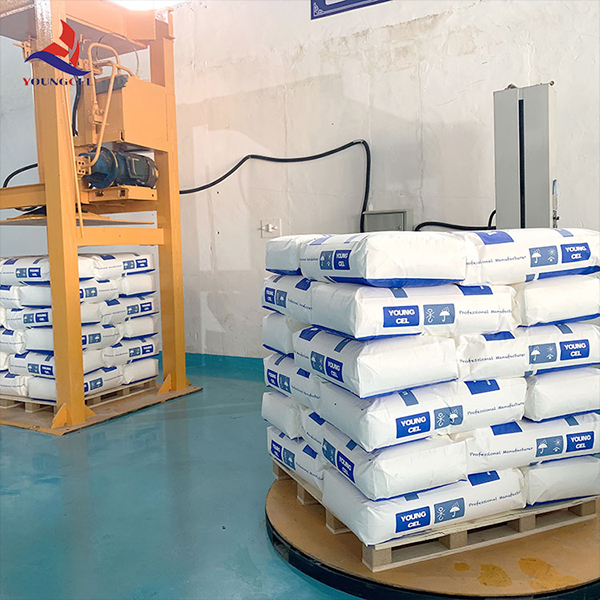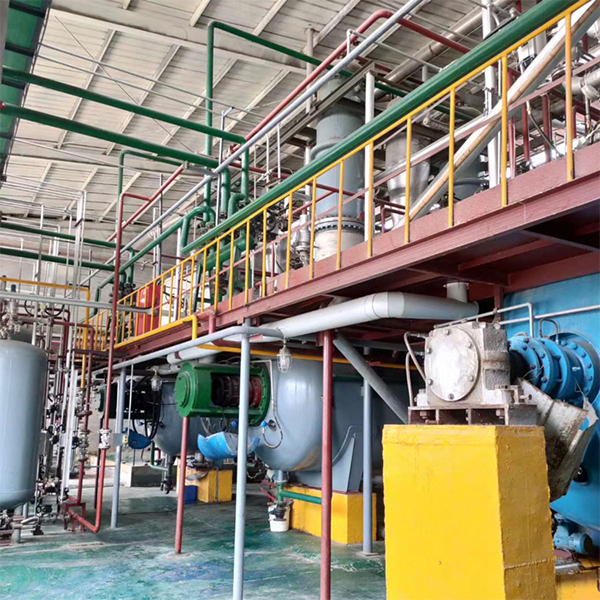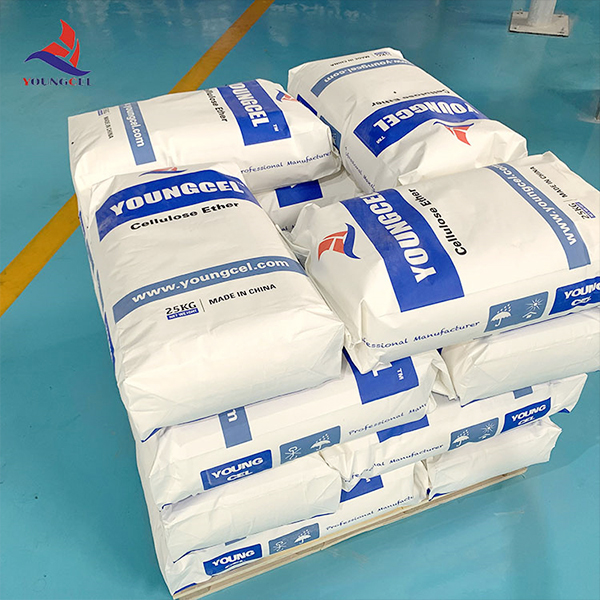What’s New (and What Actually Works) with Building Material Rdp Re-dividable Redispersible Polymer Latex Powder
If you’ve watched construction chemistry evolve over the last decade, you’ve noticed something: polymer-modified dry-mix is no longer a nice-to-have. It’s the baseline. And yes, that includes Building Material Rdp Re-dividable Redispersible Polymer Latex Powder (EVA-based, spray-dried). I’ve tested similar grades across job sites from transit hubs to boutique hotels; the right RDP turns “okay” mortars into reliable systems—especially under moisture and thermal cycling.

Quick context and industry trend
Specifiers are cranking up performance: higher tensile adhesion for tile adhesives (EN 12004), improved deformability, and better crack-bridging in repair mortars. Sustainability targets nudge lower cement factors—RDP steps in to keep workability and cohesion. Many customers say they now treat RDP as insurance against variable sands and water on site.
Technical snapshot (specs at a glance)
| Brand / Type | YOUNGCEL, adhesive-grade RDP (EVA) |
| Polymer base | Ethylene/vinyl acetate copolymer; PVA protective colloid |
| Appearance / Bulk density | Free-flowing white powder; ≈400–600 g/L |
| Ash (anti-caking) | ≈10–14% (real-world use may vary) |
| Residual moisture | ≤1.5% |
| Tg / MFFT | Tg around 0–10°C; MFFT ≈0–5°C (grade-dependent) |
| Redispersed latex size | ≈0.2–0.5 μm |
| Recommended dosage | 1–8% vs. cement, depending on application |
| Packaging / Shelf life | 25 kg valve bag with PE; 12 months cool/dry |
| Origin | No.1 Shifu East Road, Gaocheng District, Shijiazhuang, Hebei, China |

Process flow (how it’s made, why it matters)
- Monomers EVA emulsion polymerization → controlled Tg by VA/E content.
- Spray-drying with PVA protective colloid → the “re-dividable” magic.
- Anti-caking mineral added → stable storage and dosing.
- QA tests: sieve residue, moisture, ash, redispersion time, Tg (DSC), MFFT; key standards: ASTM C109/C348 for mortar strength; EN 12004/ISO 13007 for tile adhesives.
Service life: in mortars and EIFS, polymer-modified matrices typically deliver 20–30 years when correctly designed and installed; field performance depends on substrate, climate, and detailing (not just the polymer).

Applications and observed advantages
- Tile adhesives/grouts (EN 12004): higher tensile adhesion, better open time.
- EIFS/ETICS basecoat: impact resistance, crack-bridging.
- Self-leveling underlayments (EN 13813): cohesion, reduced dusting.
- Repair mortars, waterproof slurries (EN 14891): flexibility and bonding.
- Transportation: platform tiling, tunnel mortars where vibration and moisture punish weak binders.
In our lab notes, a 4% addition of Building Material Rdp Re-dividable Redispersible Polymer Latex Powder delivered: flexural strength 8.2 MPa vs. 6.0 MPa control (ASTM C348); tensile adhesion after water immersion 1.4 MPa vs. 0.8 MPa control (EN 12004). To be honest, the water-resistance bump is what most site managers notice first.
Vendor comparison (typical market view)
| Vendor | Tg range | Customization | Lead time | Certs | Price tier |
|---|---|---|---|---|---|
| YOUNGCEL (China) | ≈0–15°C | Tailored Tg/ash, bulk density | ≈2–4 weeks | ISO 9001, RoHS, REACH (on request) | Value-focused |
| Global Brand A | -10–+20°C | Broad portfolio | ≈3–6 weeks | ISO 9001/14001 | Premium |
| Global Brand B | ≈0–10°C | Project-specific | ≈4–8 weeks | ISO 9001 | Upper-mid |
Honestly, if you need a dialed-in Tg or a particular ash profile for pumpability, YOUNGCEL’s customization is handy. If you want a pre-certified spec clone, the globals are safe bets.

Customization, logistics, and real-world notes
- Grades tuned for tile adhesives (C2TE/S1), EIFS, SLUs, repair mortars.
- Add-on: cellulose ether pairing and defoamer advice to hit workability windows.
- Origin: Hebei, China; typical MOQ 1–5 MT; export packaging with palletization.
Case notes (field feedback)
Subway platform tiling, humid coastal city: a 3.5% dose of Building Material Rdp Re-dividable Redispersible Polymer Latex Powder bumped wet-adhesion to ≈1.3–1.5 MPa; fewer callbacks after water immersion tests. “Grout color held, less powdering,” the contractor told me.
EIFS basecoat on a seaside hotel: impact resistance improved; hairline cracking reduced after thermal shock cycles. Not magic—just sound polymer design and careful curing.

Compliance pointers
Design to EN 12004/ISO 13007 for tile adhesives and EN 13813 for screeds; validate with ASTM C109/C348 strength and, where relevant, pull-off per ASTM C1583. For waterproofing slurries, check EN 14891. Your lab data is your north star—standards keep everyone honest.
References
- EN 12004 / ISO 13007: Ceramic tile adhesives — Definitions and requirements.
- EN 13813: Screed material and floor screeds — Properties and requirements.
- ASTM C109/C109M and ASTM C348: Compressive and Flexural Strength of Hydraulic Cement Mortars.
- EN 14891: Liquid-applied waterproofing products under ceramic tiling.
- ASTM C1583: Tensile Strength of Concrete Surfaces and bond strength of coatings.
-
Understanding Methyl 2 Hydroxyethyl Cellulose: Uses, Benefits & Industry InsightsNewsNov.24,2025
-
Hydroxyethyl Methyl Cellulose HEMC: Industrial Uses, Benefits & Future TrendsNewsNov.23,2025
-
HEMC Cellulose: Versatile & Sustainable Industrial Polymer | YoungcelNewsNov.23,2025
-
Methyl Hydroxyethyl Cellulose: Versatile Building Block for Industry & SustainabilityNewsNov.23,2025
-
CAS 9032 42 2: Understanding Polyvinyl Alcohol's Impact on Industry & SustainabilityNewsNov.22,2025
-
Hydroxyethyl Methyl Cellulose: Versatile Solutions for Modern Industry and SustainabilityNewsNov.22,2025




